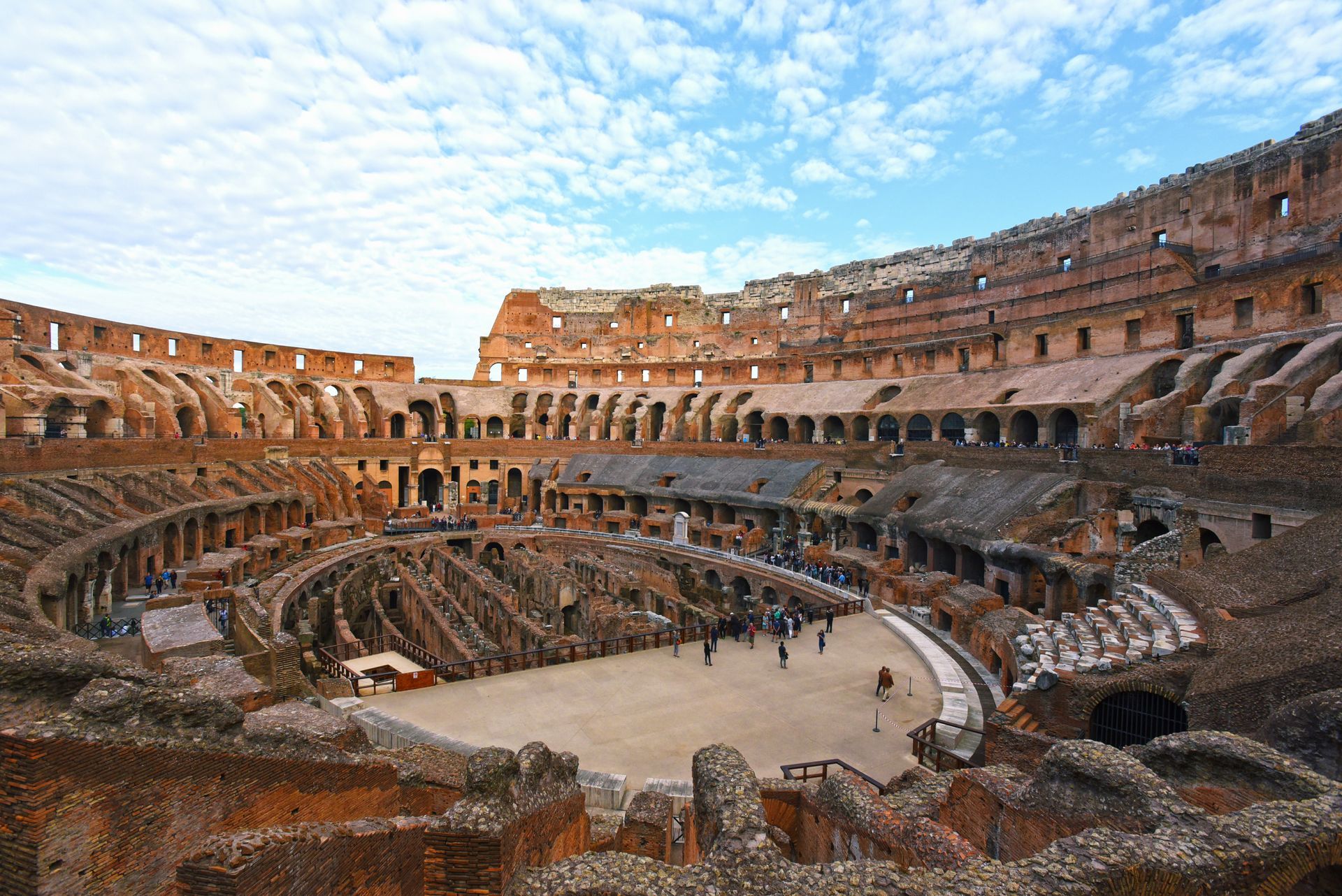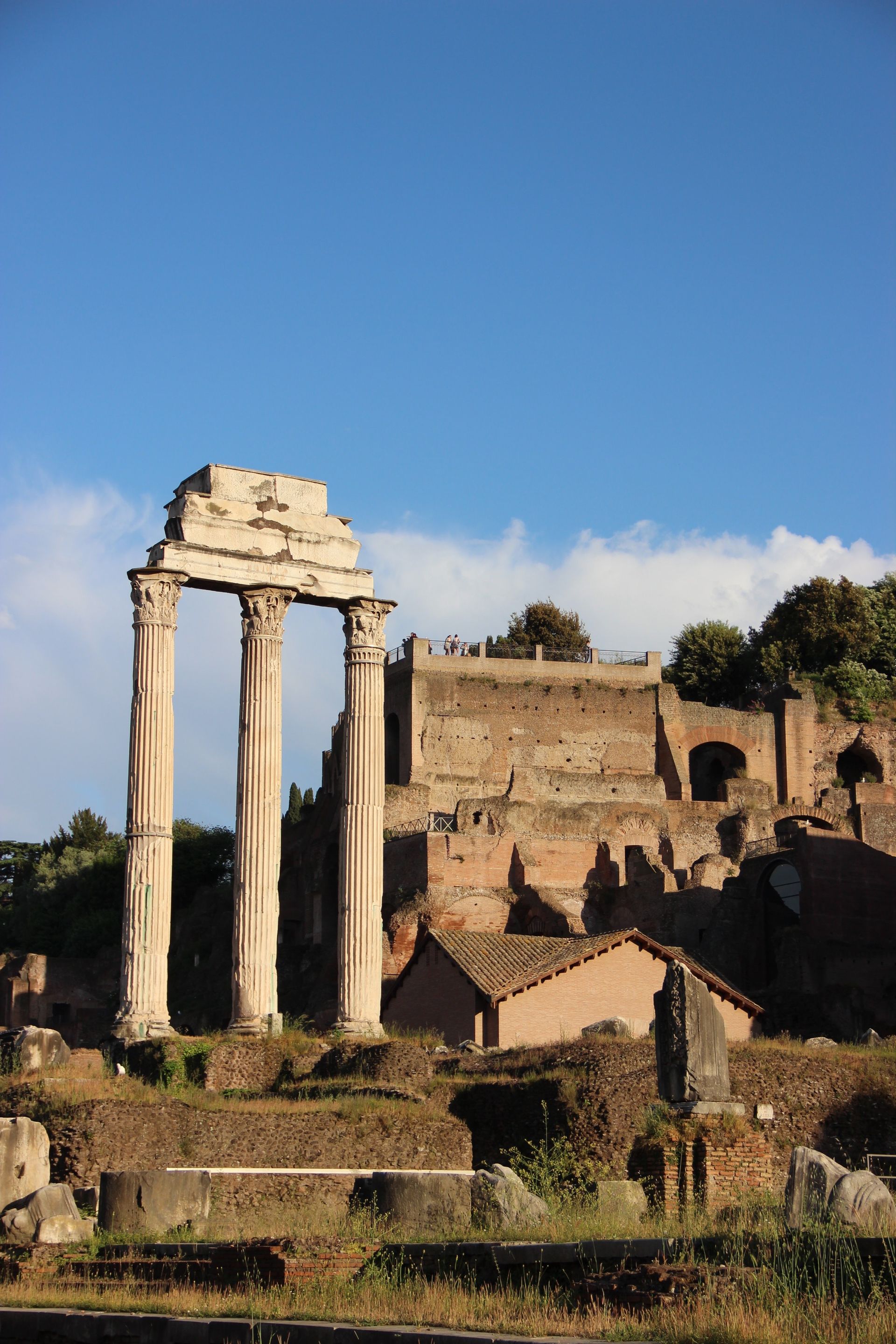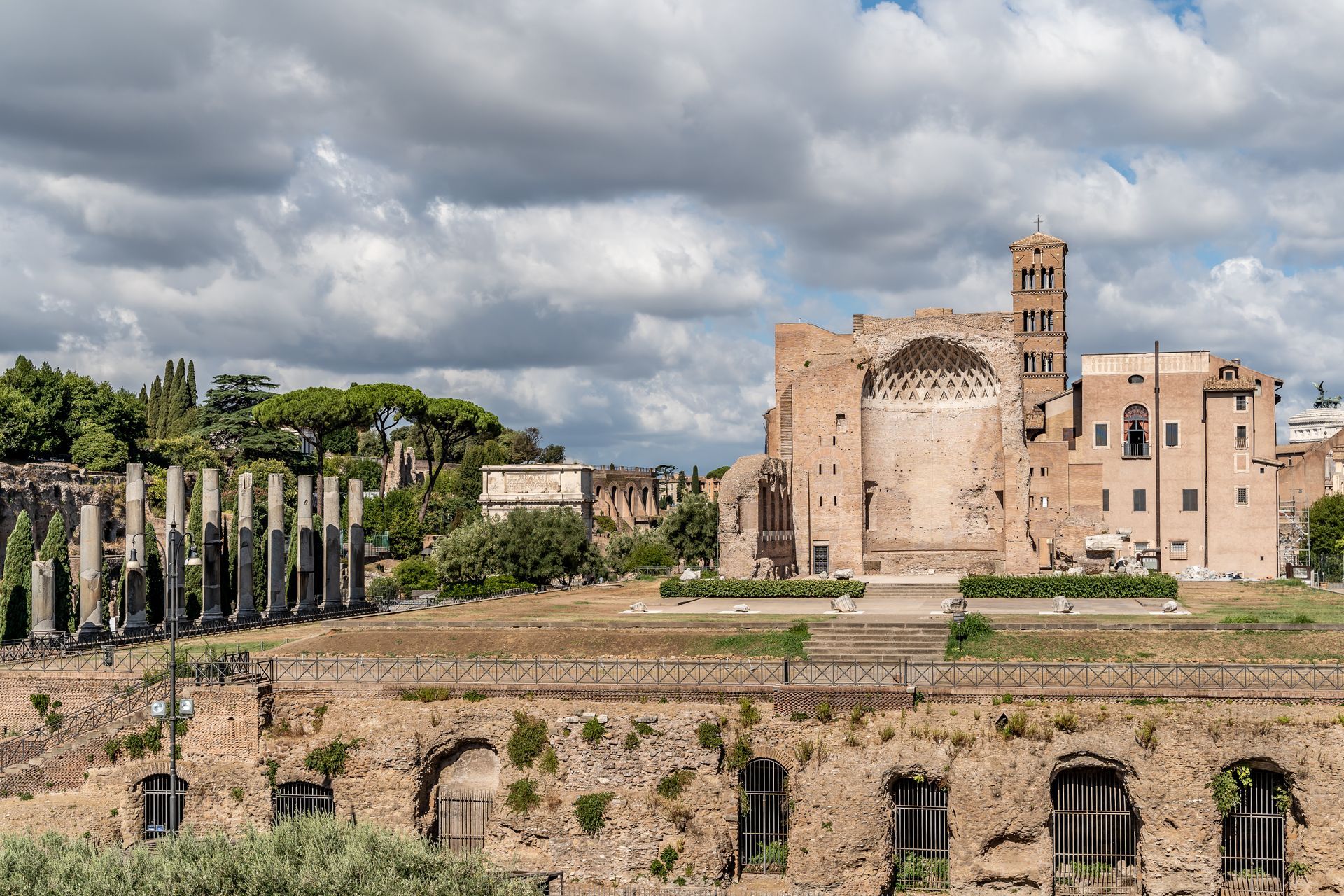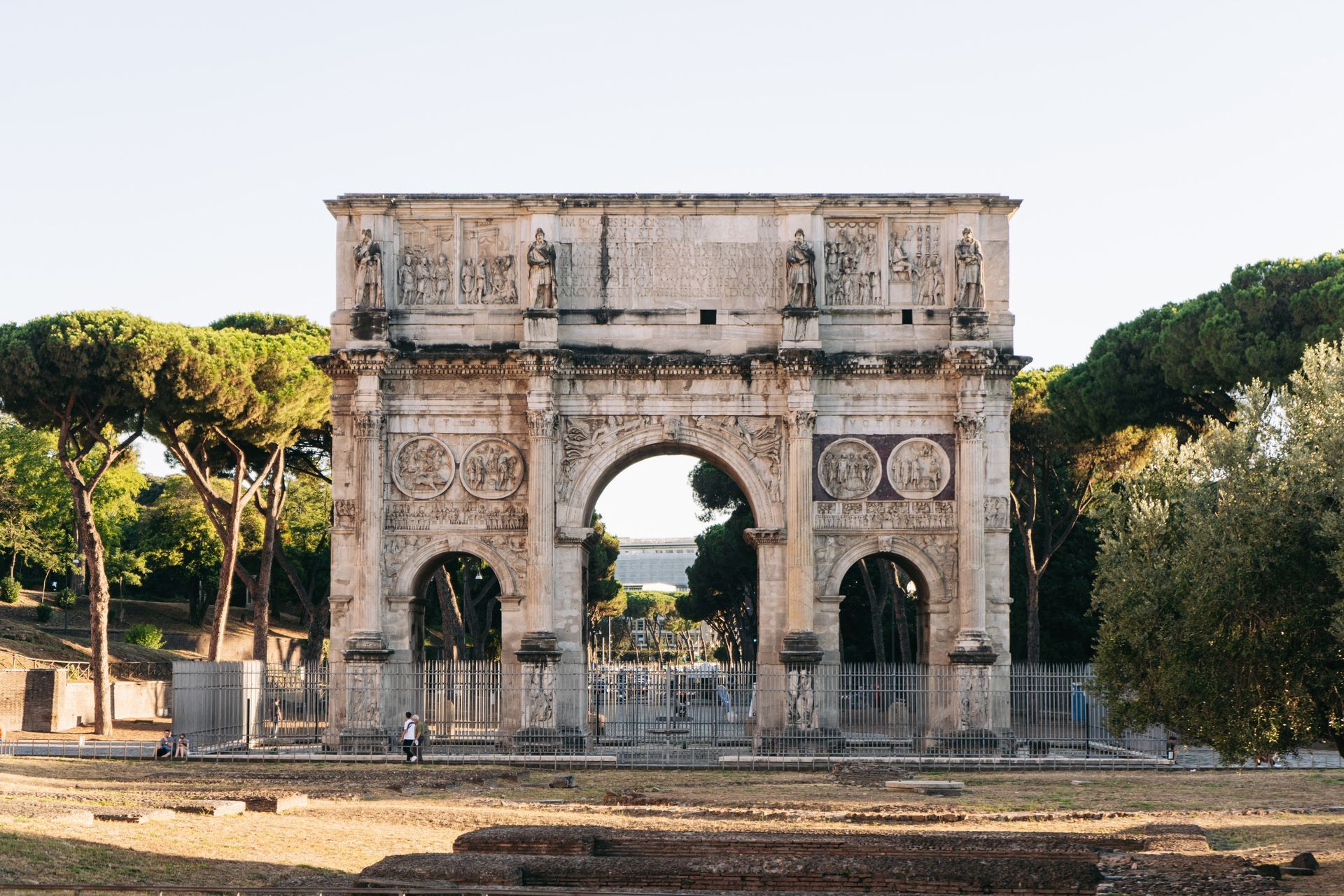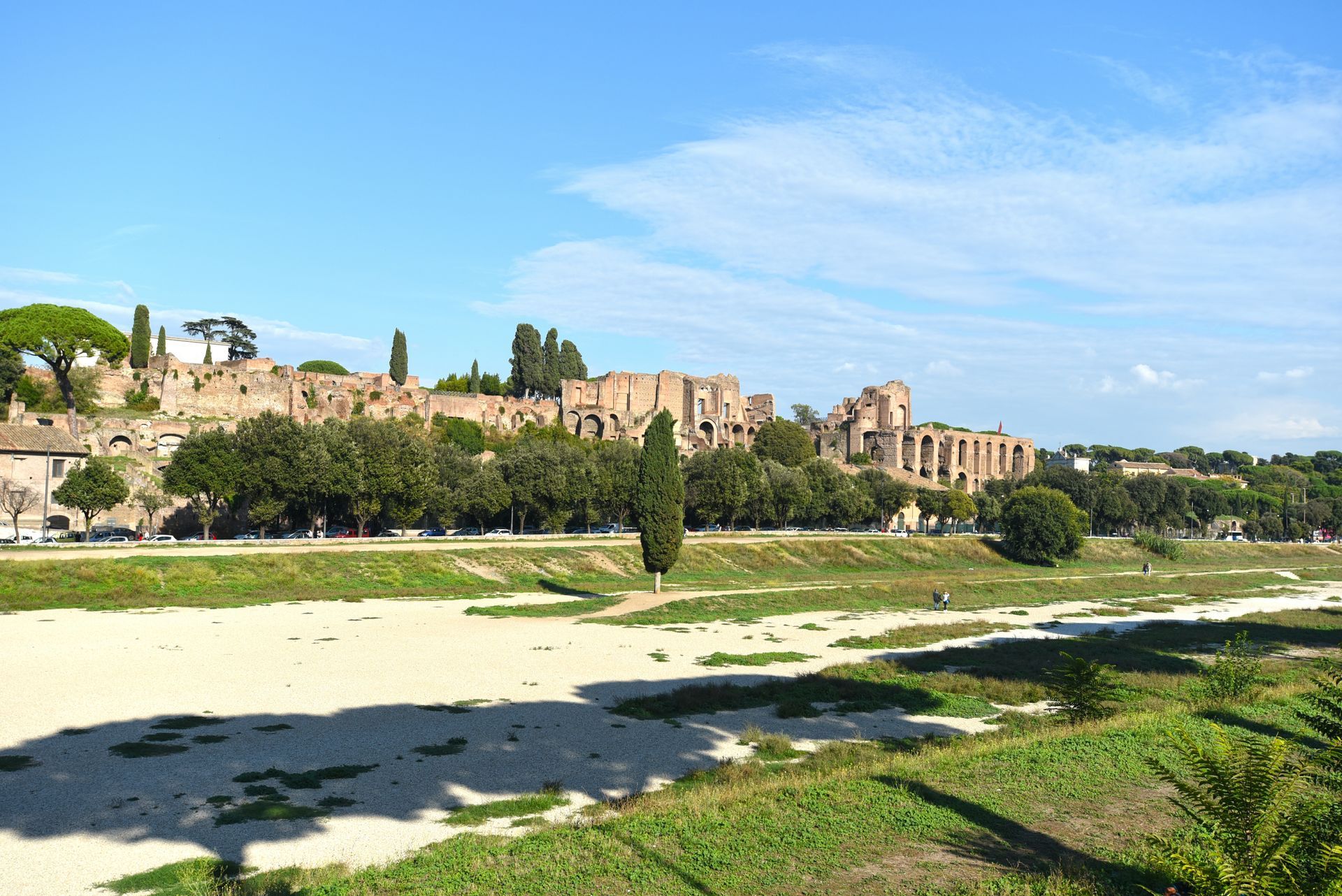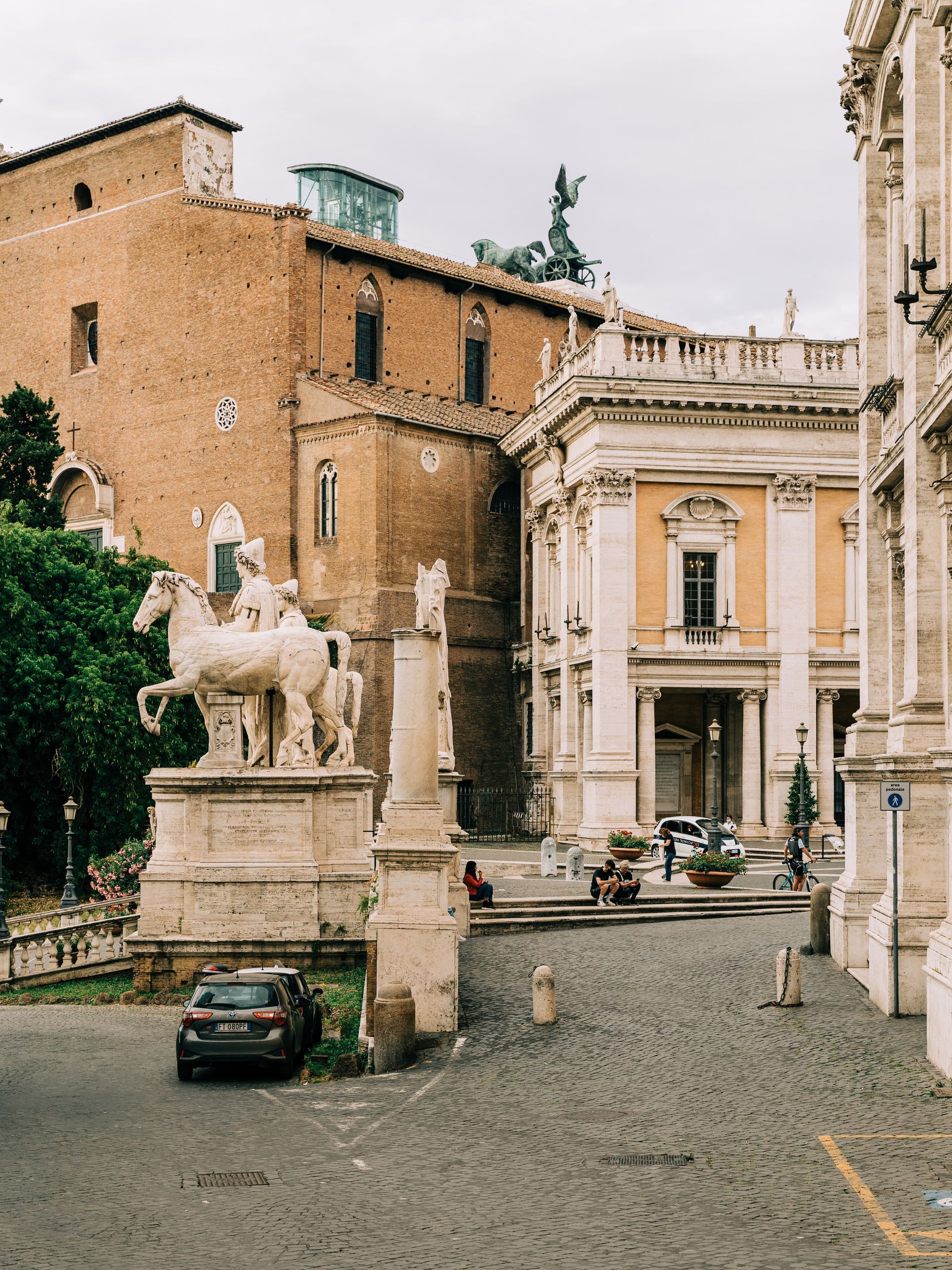Colosseum General Information
The Colosseum, an iconic symbol of ancient Rome's grandeur, stands as a testament to the empire's architectural prowess and cultural significance. This colossal amphitheatre, built over two millennia ago, continues to awe visitors with its imposing structure and storied past. From gladiatorial contests that captivated crowds to theatrical spectacles and public ceremonies, the Colosseum was the epicentre of entertainment in ancient Rome. Today, it remains an unparalleled archaeological marvel, inspiring awe and reverence as a tangible link to the glory of a bygone era.
Colosseum Opening Dates and Hours
- The Colosseum is open to visitors throughout the year, except on certain public holidays.
The Colosseum welcomes visitors from 8:30 am until one hour before sunset, allowing ample time to explore this historic site.
It is recommended to check the official website or consult local tourist information centres for the most up-to-date opening dates and hours.
Save Time
Earn More
Grow Faster
Friendly Support
Colosseum Tickets prices & Availability
- Ticket prices for the Colosseum may vary based on the type of ticket and any additional tours or services included.
Around €16 is the typical price for an adult ticket as of the knowledge cutoff in September 2021.
Reduced ticket prices are available for EU citizens under 25 years old.
Although children under 18 can enter for free, they still require a ticket.
Special discounts are available for seniors and students as well.
Tips for Buying Colosseum Tickets?
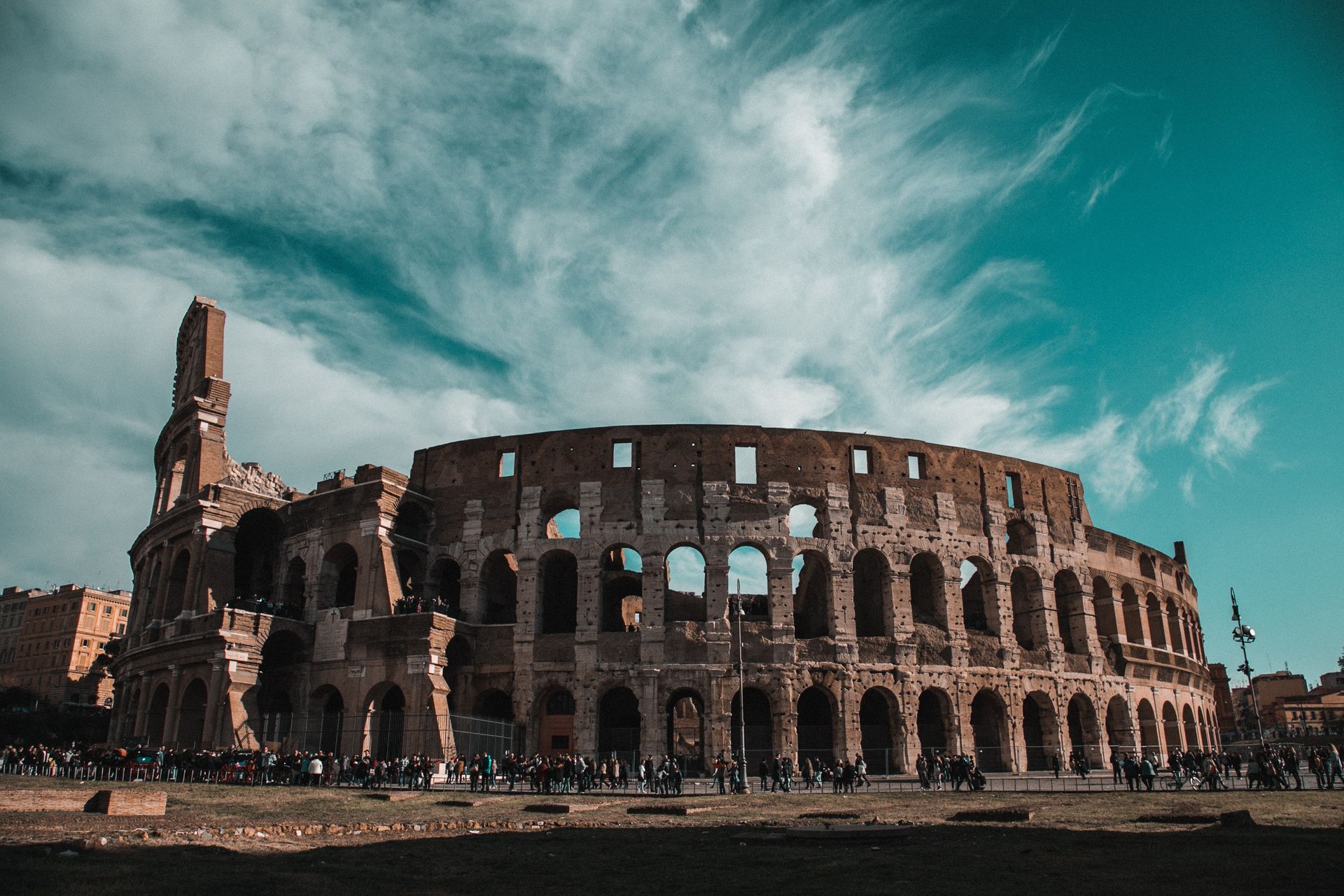
1.
- Plan and book tickets in advance, especially during peak tourist seasons, to secure your preferred time slot.
2.
- Consider purchasing a combined ticket that includes access to other nearby attractions like the Roman Forum and Palatine Hill.
3.
- Be cautious of potential scams and only purchase tickets from authorized sources.
- To get to this renowned monument, visitors can choose from a range of transportation options
Location: Address and How to Get To Colosseum
The Flavian Amphitheatre, commonly known as the Colosseum, is situated in the centre of Rome, Italy, with its address being Piazza del Colosseo, 1, 00184 Roma RM, Italy. To get to this renowned monument, visitors can choose from a range of transportation options.
1. Walking:
Walking is a convenient option if you are staying in the central areas of Rome, as the Colosseum is within walking distance of many popular attractions. The approximate walking time from the Roman Forum or the Trevi Fountain is around 15-20 minutes.
2. Car:
It is important to note that private cars are not allowed to enter the immediate vicinity of the Colosseum due to traffic restrictions and limited parking availability. However, there are parking facilities available nearby, such as the Parcheggio Colosseo.
3. Public Bus:
The Colosseum is well-connected by public transportation. Visitors can take several bus lines to reach the site, including bus numbers 75, 81, 87, 117, and 175. It is recommended to check the local bus schedules and stops to plan your journey accordingly.
4. Metro:
The Colosseum is conveniently accessible by the Metro system. The nearest Metro station is Colosseo, which is served by Line B (blue line). From the Metro station, it's just a short walk to the Colosseum.
5. Train:
Visitors coming from outside Rome can take a train to Roma Termini, the main railway station in the city. From Roma Termini, you can either walk to the Colosseum, which takes around 20-25 minutes or take the Metro (Line B) to Colosseo station.
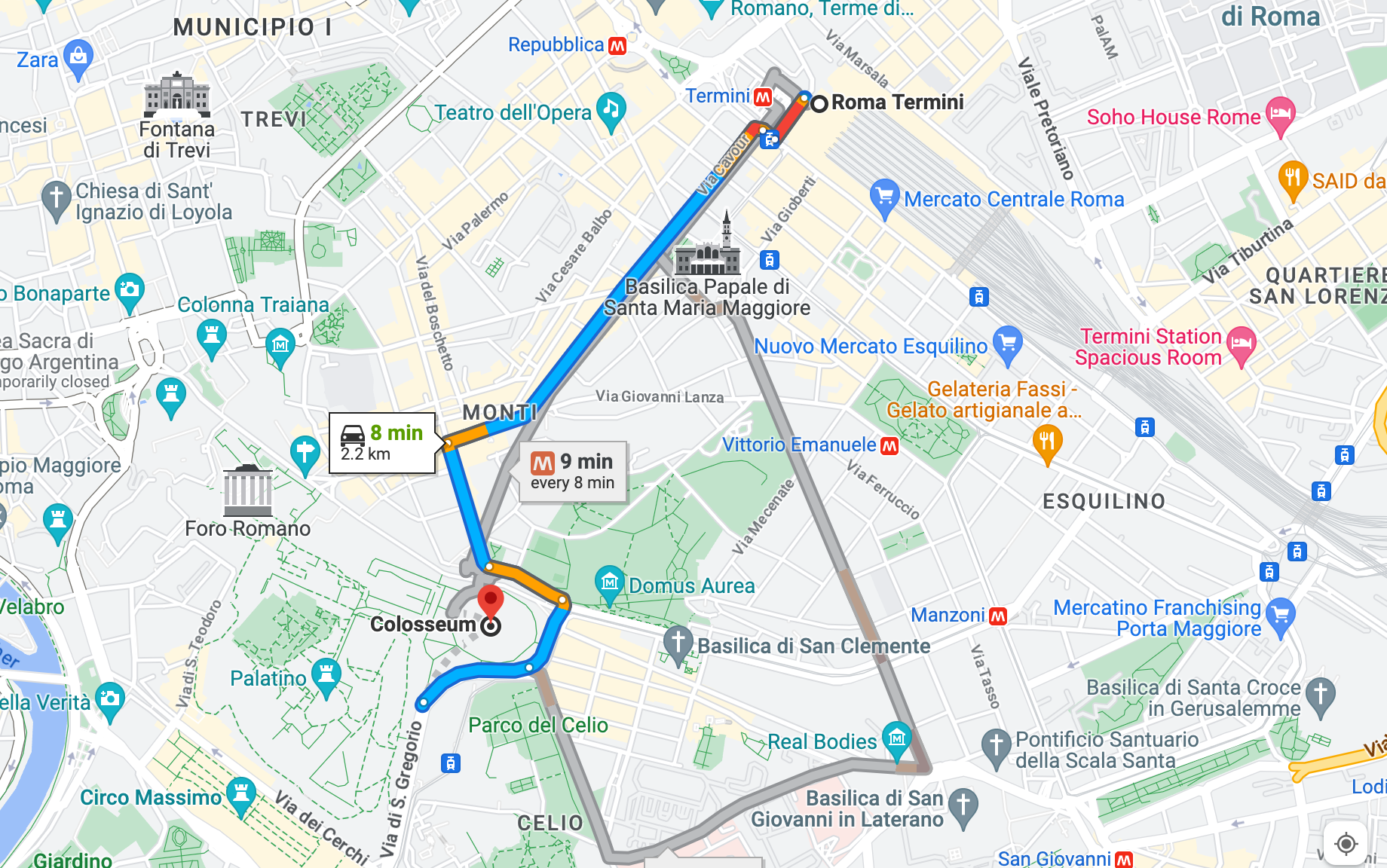
Tips for Visiting the Colosseum
- Plan your visit, as the Colosseum can get crowded, especially during peak tourist seasons.
- To avoid long lines at the ticket office, it's recommended to buy tickets in advance.
- It is important to take note of the security protocols implemented and adhere to the guidelines provided by the personnel.
- Explore the nearby Roman Forum and Palatine Hill, as they are part of the same archaeological area and can be visited with the same ticket.
By providing various transportation options, including walking, public buses, the Metro, and trains, the Colosseum ensures that visitors can easily reach this incredible landmark and immerse themselves in the grandeur of ancient Rome.
Parking; Parking places near the Colosseum
For visitors planning to reach the Colosseum by car, there are several parking options available in the vicinity of this historic attraction:
Parcheggio Colosseo: Located just a short distance from the Colosseum, Parcheggio Colosseo is a parking facility that offers convenient access to the landmark. It should be noted that availability may differ, particularly during high tourist seasons. It is advisable to arrive early or check for alternative parking options if Parcheggio Colosseo is full.
Parking Garages and Lots: There are other private parking garages and lots scattered around the Colosseum area. These parking facilities provide paid parking services and offer a convenient option for those exploring the attraction. It is recommended to research and pre-book parking in advance to secure a spot.
Street Parking: While limited, there are some street parking spaces available near the Colosseum. However, finding an empty spot can be challenging, and parking restrictions should be carefully observed. To avoid being fined or having your vehicle towed, it's crucial to check the local signs and regulations.
It's worth mentioning that due to traffic restrictions and the popularity of the Colosseum, private cars are not allowed to enter the immediate vicinity of the monument. Visitors are encouraged to park in designated areas nearby and proceed on foot or utilize public transportation to reach the Colosseum.
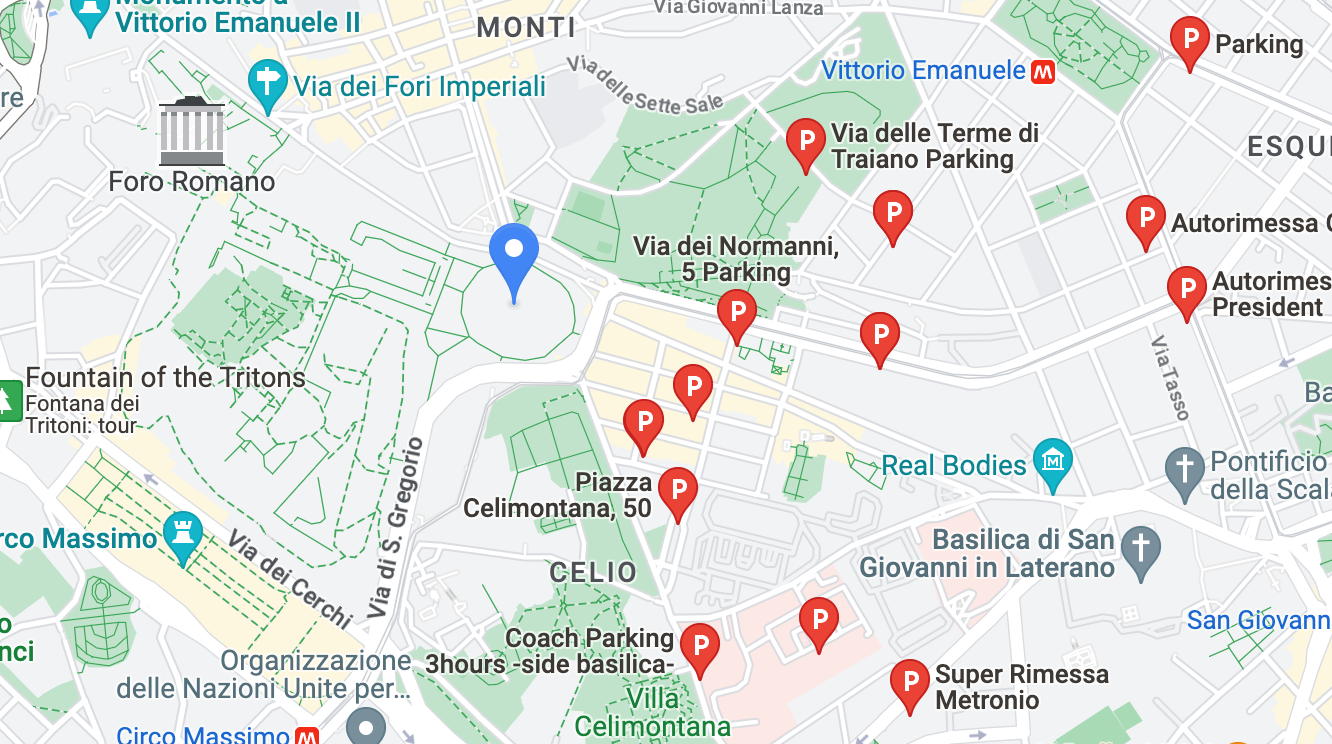
Tips about the Colosseum
ome valuable tips to enhance your experience when visiting the Colosseum:
Arrive Early: The Colosseum is a popular attraction, so arriving early in the morning can help you beat the crowds and have a more peaceful exploration.
Book Tickets in Advance: To avoid long queues, it's highly recommended to purchase tickets online or in advance. This way, you can save time and ensure your preferred time slot.
Guided Tours: Consider joining a guided tour to gain deeper insights into the Colosseum's history and architecture. Knowledgeable guides can enhance your understanding and make the visit more engaging.
Bring Water and Snacks: Visiting the Colosseum can be physically challenging, especially in hot weather. It is recommended to stay hydrated by carrying water and have light snacks to maintain energy levels.
Wear Comfortable Shoes: The Colosseum involves a fair amount of walking and standing. Wear comfortable shoes to ensure a pleasant and pain-free experience.
Sun Protection: The Roman sun can be intense, particularly during the summer months. Apply sunscreen, wear a hat, and carry sunglasses to protect yourself from the sun's rays.
Respect the Site: The Colosseum is a UNESCO World Heritage site, so it's important to treat it with respect. Avoid touching or climbing on the ancient structures and follow any instructions or guidelines provided by the staff.
Explore the Surrounding Areas: The Colosseum is part of a larger archaeological complex that includes the Roman Forum and Palatine Hill. Take advantage of your visit to explore these nearby attractions for a comprehensive experience of ancient Rome.
Capture Memories: Don't forget to bring a camera or smartphone to capture the breathtaking views and memorable moments during your visit. However, be mindful of any photography restrictions or guidelines.
Visit During Off-Peak Seasons: If possible, consider visiting the Colosseum during the off-peak seasons to enjoy a quieter and more intimate experience.
These suggestions can help you optimize your experience at the Colosseum and generate enduring recollections of this remarkable historic site.
Other attractions nearby Colosseum
The Colosseum, in Rome, is encircled by an abundance of captivating sights and landmarks that provide a deeper understanding of the intriguing history and culture of ancient Rome. Here are some noteworthy attractions near the Colosseum that you can discover:
Roman Forum (Foro Romano)
Located adjacent to the Colosseum, the Roman Forum was the political, social, and commercial centre of ancient Rome.
This sprawling archaeological site showcases the remnants of ancient temples, government buildings, and vibrant marketplaces. Strolling through the Roman Forum allows visitors to immerse themselves in the grandeur of Roman civilisation.
Palatine Hill (Palatino)
Palatine Hill, located just a brief stroll from the Colosseum, is considered one of the seven hills of Rome and is said to be the mythical birthplace of the city.
It is home to the ruins of imperial palaces, lush gardens, and panoramic viewpoints that offer stunning vistas of the city. Exploring Palatine Hill provides a unique opportunity to delve into the lives of emperors and aristocrats of ancient Rome.
Arch of Constantine (Arco di Costantino)
Located near the Colosseum, the Arch of Constantine is an imposing triumphal arch that commemorates the victory of Emperor Constantine in 312 AD.
Adorned with intricate reliefs and sculptures, this well-preserved monument is a testament to the grandeur of Roman architecture and serves as a visual link between the past and the present.
Circus Maximus (Circo Massimo)
Situated in the valley between the Palatine and Aventine Hills, Circus Maximus was an ancient Roman chariot racing stadium.
While its original structure no longer exists, visitors can explore the vast expanse of the site and imagine the excitement of the chariot races that once captivated Roman citizens.
Capitoline Hill (Campidoglio)
A short distance from the Colosseum, Capitoline Hill is one of Rome's seven hills and holds immense historical and symbolic significance. It houses the Capitoline Museums, which display a rich collection of ancient Roman art and artefacts, including sculptures, paintings, and archaeological treasures.
A visit to the Colosseum offers much more than just witnessing an iconic ancient structure. The surrounding attractions, such as the Roman Forum, Palatine Hill, Arch of Constantine, Circus Maximus, Capitoline Hill, and more, comprehensively explore ancient Roman history and culture. By immersing yourself in these remarkable sites, you can truly appreciate the grandeur and legacy of one of the greatest civilizations in history.
FAQs about Colosseum
Got a question? We’re here to help.




